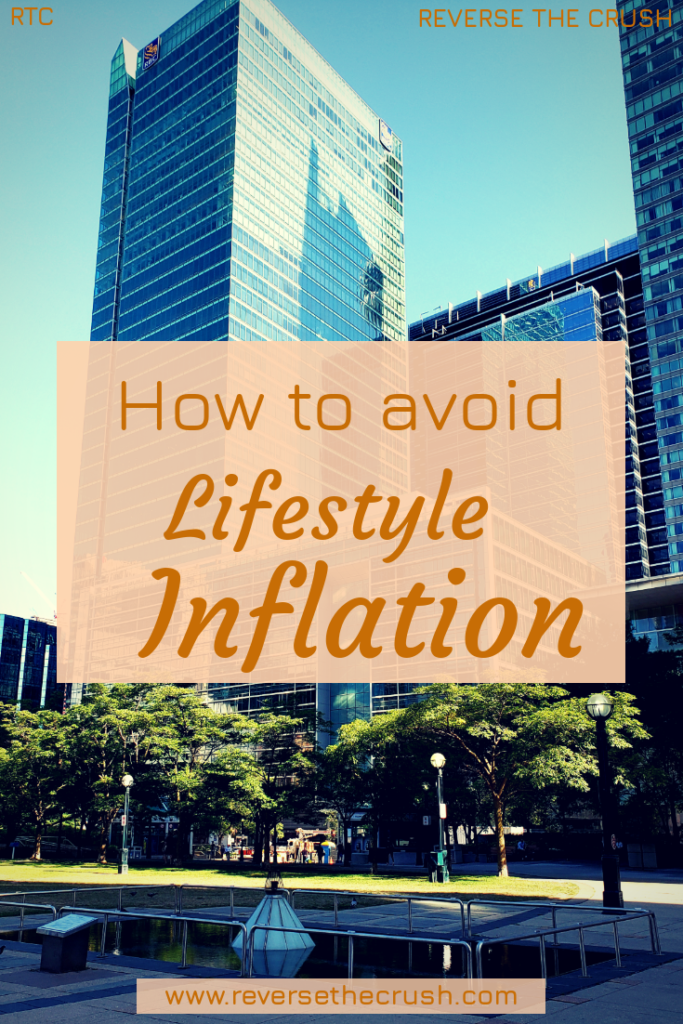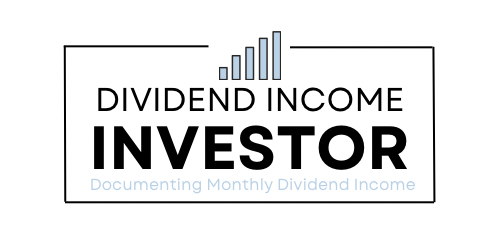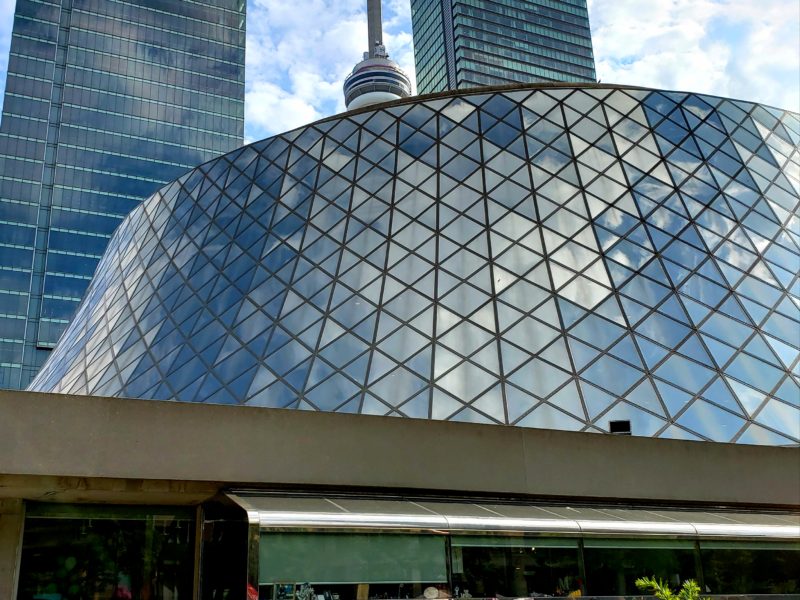Admittedly, I’m struggling with lifestyle inflation right now.
I recently started working downtown Toronto—right in the financial district.
And to be honest, I’m already noticing how easy it is to spend $20 per day on food, or to become influenced by all the wealth that surrounds me.
I mean, Toronto is a beautiful city. All the buildings are beautiful. Expensive cars are everywhere, and well dressed individuals are roaming the streets.
I already found a new option for lunch that I’m obsessed with, and I’m surrounded by Starbuck’s locations.
The influence has already taken its toll, as I easily spent another $100 on clothes yesterday on my way home from work SMH. 🤦♂️🤦♂️🤦♂️
I must avoid lifestyle inflation!
Although I’m earning more than ever at work, and even with the extra income from blogging, I must keep my eyes on the main thing. The main thing is still dividend income investing.
As such, I’m not about to get caught up in any short term shit. My long term goal is financial independence through blogging and dividend investing.
In turn, I developed the following rules to help myself avoid lifestyle inflation:
Have a purpose for savings
I previously wrote about treating your personal finances as a business. This philosophy is what saving with a purpose is based on.
In short, piling money is not that fun. Yes, the first $1,000 is cool. Reaching $5,000 is motivating too. But after even $10,000, the challenge of piling money becomes less interesting.
This is why your savings needs a purpose to avoid lifestyle inflation and continue saving money.
It doesn’t have to be dividend stocks like I chose either. It depends on your personal preference and comfort level. For example, maybe a more tangible asset like real estate is a more compelling reason to save money. Perhaps it’s starting your own business.
No matter what the reason is, saving money becomes easier if you attach a personal goal to it.
Automatically pay yourself a percentage of each pay first
The second way I will avoid lifestyle inflation is by continuing to pay myself first.
I have alluded to the stock sharing plan at my previous employer. It allowed me to receive a 50% match up to 6% of my overall salary. That was usually the very minimum I saved.
But since my new position is not salaried, I have been scheming on ways to maintain savings.
Essentially, I am still debating on if I should save a minimum of 10% from each pay cheque, or if I should start by saving the same amount as I would’ve contributed to my stock sharing plan.
Either way, I will be paying myself first to avoid lifestyle inflation. The RTC Portfolio is the first bill payment on the list!
Allow yourself some freedom. Stick to 1 or 2 favourites.
In my experience, saving too much leads to bursts of spending.
For a while there between 2017 and 2018, I was nearly over-saving.
I stopped buying clothes and stopped caring altogether really. But it was awesome because I saved a lot of money and focussed on the blog. Plus, it got me to the point I’m at now.
However, a more balanced lifestyle leads to happiness and success during the entire journey to financial independence.
Let me tell you how I see it now…
I aim for more balanced financial management overall. I save a comfortable amount consistently, and I make sure it is invested to increase my income every two weeks through dividend investing.
At the same time, I allow myself to spend some money on things that bring value.
For example, I will allocate spending money to buy new clothes every two weeks, even though that sounds like the opposite of financial independence. But, whatever, I like new clothes… I will happily sacrifice on other expenses like a car payment, insurance, and cable TV. It’s about values.
Related Post: The Perfect Lifestyle is the reason behind Financial Independence
Don’t sign up for payments that will decrease cash flow
If you’re trying to reach financial independence, the absolute worst thing you can do is to sign up for extra payments.
Every payment you sign up for decreases your income. It’s a reverse raise, which is exactly what I am trying to avoid.
In my view, life is better with a surplus of cashflow even if you have to sacrifice a bit. I’d rather take transit to work in nice clothes than I would rather drive to work in a car payment. The main difference is that I can stop buying clothes at anytime. But with a payment, I’m trapped and my cash flow is permanently lower.
Avoid debt and signing up for payments to have more cash flow. At least if you overspend every once in a while, you don’t have payments coming out your ass, so you can afford it.

Concluding Thoughts
To sum up what I mean, it’s a good idea to find a balance between savings and spending.
It’s important to save money, but enjoying life is just as important.
Based on my experience, the best way to avoid lifestyle inflation is to pay yourself first and to create a purpose for your savings. However, it’s equally as important to allow for spending money to avoid spending bursts. Moreover, avoid payments that decrease cash flow.
And there was one other point I wanted to make—never live too far above your means, because it’s too difficult to go backwards.
I am not a licensed investment or tax adviser. This is for entertainment purposes only. This post contains advertisements by Google Adsense. This post also contains internal links and links to RTC social media accounts.
Connect with RTC
Twitter: @Reversethecrush
Pinterest: @reversethecrushblog
Instagram: @reversethecrush_
Facebook: @reversethecrushblog
Email: graham@reversethecrush.com


 Dividend Income Projection # 20 | Two Stocks Purchased
Dividend Income Projection # 20 | Two Stocks Purchased
